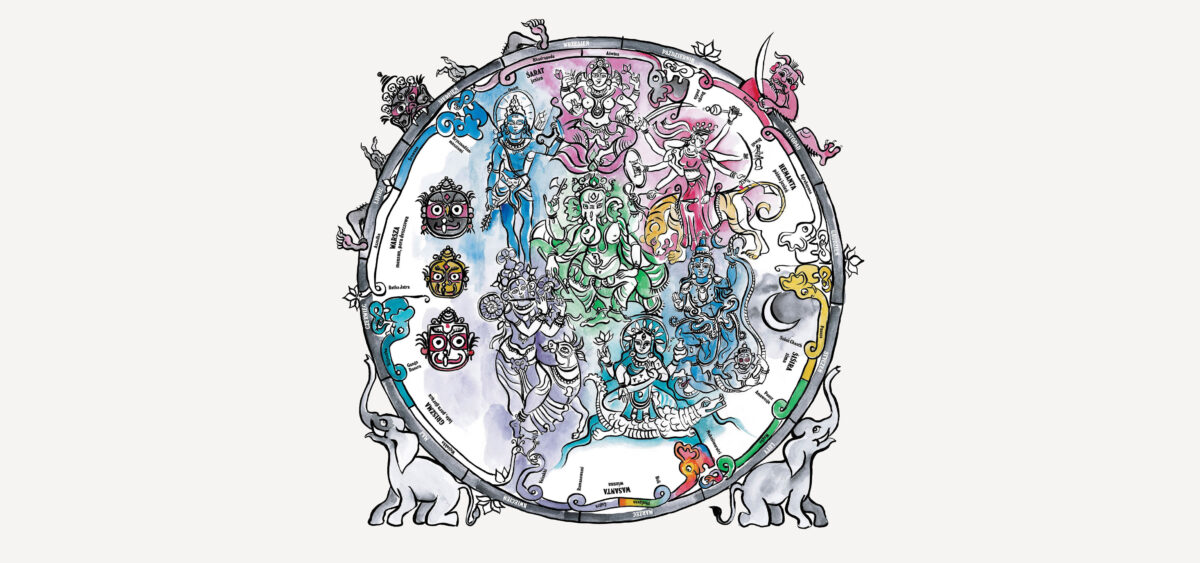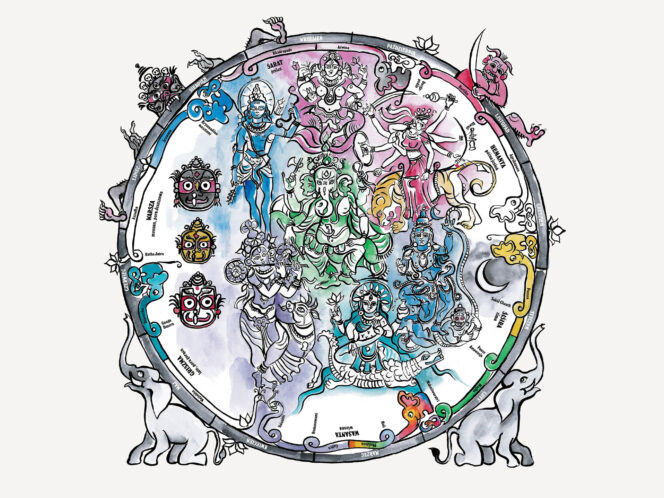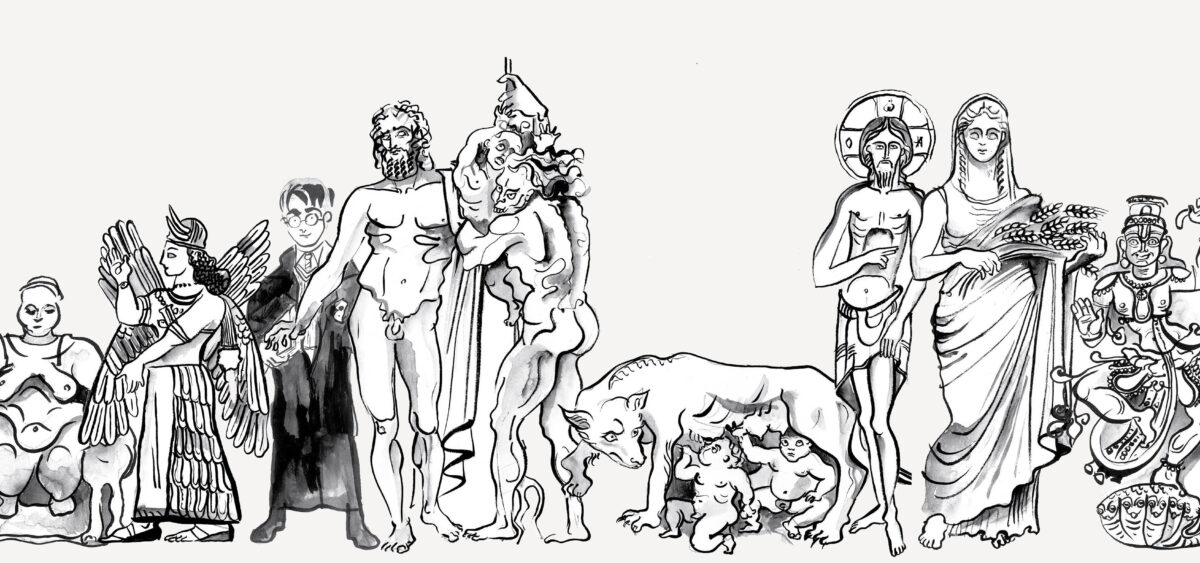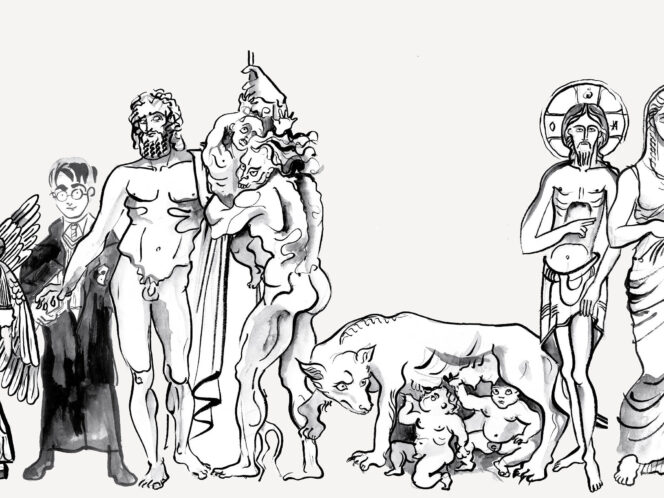
If you feel like you could use more opportunities to celebrate, here is a list of unique holidays brought to you straight from India.
The reformed Indian calendar is a solar one, divided into 12 months, each measured from full moon to new moon. It is used along with the Gregorian one by the local administration and offices. It also serves for marking the dates of public holidays, allowing the synchronization of the passing of time for people who follow different religions, inhabit many regions, and use various traditional solar and lunar calendars. The most important holidays are those that take place during the full or new moon nights. The year is divided into six seasons, called ritu. According to&








